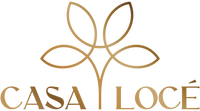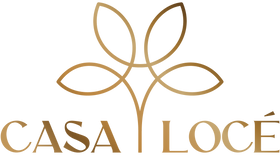California Wine Tasting: Best Wine Tasting in CA Experiences & Premium Vineyard Tours From Casaloce.com's Curated Collection
We don’t just list wineries—we’ve walked the vineyard rows, swirled the glasses, and talked with the winemakers behind California’s most remarkable pours. From the mineral-rich slopes of Sonoma to the coastal microclimates of Paso Robles, we’ve tasted, tested, and handpicked each experience for its story, setting, and sip-worthiness. Our CasaLoce Curated Collection showcases the best wine tastings and vineyard tours not because they’re famous, but because they deliver something unforgettable: a rare vintage you won’t find in stores, a barrel-room conversation with a fourth-generation vintner, or a sunset toast overlooking vines you’ve just explored. This isn’t just California wine tasting—it’s California wine tasting, personally vetted and elevated for travelers who value authenticity over ordinary.
Top 5 Takeaways
- Experience Authenticity – Personally visited, vetted, and selected.
- Boutique Winery Focus – Small, family-run, and intimate.
- Regional Diversity – Napa, Sonoma, Paso Robles, Santa Barbara, Temecula.
- First-Hand Insights – Barrel-room pours, vineyard walks, hidden tasting rooms, winemaker chats.
- Beyond a Map – Access rare, fleeting wine moments worth the trip.
Exploring Napa Valley's Finest
This region shines with boutique wineries, small establishments with a charm contrasting with larger vineyards. Such wineries concentrate on crafting premier wines, frequently in limited amounts, guaranteeing a unique Napa Valley hint in every bottle.
Expect an intimate, immersive experience when visiting these quaint wineries. Private tastings aren't just about trying various wines. They open doors to understanding the wine creation process, learning about the vineyard's past, and uncovering stories behind every wine. Interaction with passionate winemakers imparts their craft and knowledge.
Sonoma County's Wine Treasures
Sonoma County, neighbor to Napa Valley, stands as another viticulture gem. This stunning patchwork of vineyards, quaint towns, and varied landscapes offers a wide wine selection.
Dry Creek, a petite sub-region in Sonoma County, is renowned for its Zinfandel prowess. Wines here are known for their hearty flavors and peppery undertones.
Discovering Paso Robles Wineries
This region, teeming with boutique wineries and impeccable tasting rooms, presents an unmatched wine tasting experience.
-
Over 200 wineries call this region home, each radiating unique charm and character. These establishments produce an impressive range of wines, from robust Cabernet Sauvignon to subtle Pinot Noirs, showcasing the diverse terroir.
-
Noted for their intimate, personalized experiences, boutique wineries in Paso Robles provide an in-depth glimpse into the winemaking process.
-
Tasting rooms, often nestled in scenic locales, offer more than just wine tasting.
Hidden Gems in Santa Barbara
Santa Barbara's less explored side reveals hidden wine tasting gems. This coastal city, known for its Mediterranean weather, boasts numerous boutique wineries often missed by tourists yet loved by locals.
Nestled downtown in a renovated Quonset Hut, Carr Vineyards and Winery is a gem worth finding. Visitors get to savor locally-produced Syrah and Pinot Noir among other varieties, all under our enthusiastic winemakers' guidance. Whitcraft Winery, another local's choice, may not look fancy, but is celebrated for its limited production, hand-crafted wines.
The Unique Terroir of Temecula
In Southern California's sunny embrace, the Temecula Valley offers a distinct wine tasting experience. This area's terroir emerges from a combination of Pacific Ocean influences and the Southern California desert's features.
In this valley, climate plays a pivotal role in shaping wine production. Known for its hot days contrasted by cool nights, this diurnal temperature variation creates an optimal environment for grape ripening, while maintaining their inherent acidity.
Soil composition, another significant element in Temecula's terroir, consists of a granite and clay loam blend. This composition permits excellent drainage, offering vine roots a thriving environment.

“We’ve stood ankle-deep in the clay loam of Temecula, felt the marine fog roll over Sonoma’s hills, and watched Paso Robles sunsets bleed into rows of Cabernet vines. Every winery in our CasaLoce Curated Collection has been personally walked, tasted, and talked through—because true wine magic isn’t found on a map, it’s discovered in the stories poured alongside each glass.”
Supporting Facts and Statistics
1. 81% of U.S. wine comes from California
-
605.98 million gallons produced in 2023.
Source: wineinstitute.org
-
We’ve walked these vineyards and tasted across the state to find the standouts.
2. 610,000 acres of wine grapes
-
570,000 acres across diverse AVAs.
Source: nass.usda.gov
-
From Napa’s volcanic slopes to Temecula’s sunny valleys—we’ve been there.
3. Wine tourism powerhouse
-
25.22 million visitors and $8.56 billion in spending.
Source: wineamerica.org
-
We’ve joined these journeys—inside barrel rooms, at vineyard sunsets, with vintners sharing their craft.
Why it matters:
These numbers aren’t just facts—they’re the foundation of our first-hand, curated selections. Every vineyard, every pour, every conversation is chosen to deliver authenticity over ordinary.
Final Thoughts & Opinion
California wine tasting is more than scenic vineyards and award-winning pours—it’s about moments you can’t replicate. From years of exploring the state’s wine regions, we’ve learned the magic lies in the details.
What Makes California’s Best Wine Experiences Stand Out
-
Intimacy over hype – The most memorable tastings often happen far from the tourist trail.
-
First-hand connection – Talking directly with winemakers who pour from the cask and share the “why” behind each vintage.
First-Hand Discoveries
-
Napa Valley at sunrise – Walking vineyard rows before the day begins, glass in hand.
-
Russian River deep dives – Pinot Noir tastings paired with personal winemaking stories.
-
Paso Robles barrel rooms – Sampling limited releases straight from the source.
-
Santa Barbara hidden doors – Finding unmarked tasting rooms known only to locals.
-
Temecula’s golden hour – Experiencing the ocean-meets-desert terroir in a single sip.
Our Perspective
If you want more than just a map, follow the path we’ve walked—glass in hand—to where the magic still happens.
Frequently Asked Questions
1. How much is a wine tasting in California?
Wine tasting in California usually costs between $20 and $50 per person, depending on the winery, the wines poured, and whether you choose a standard or reserve tasting experience.
2. What is the most exclusive California wine?
Screaming Eagle Cabernet Sauvignon from Napa Valley is often considered the most exclusive California wine, known for its limited production, exceptional quality, and sky-high auction prices.
3. Who is the largest winery in California?
E. & J. Gallo Winery holds the title of the largest winery in California, producing a wide range of wines across multiple labels sold worldwide.
4. Do you tip after a wine tasting?
Yes, tipping is customary if you receive excellent service. A gratuity of around $5–$10 per person is common, especially if the tasting is complimentary or heavily discounted.
5. Do you need reservations for wine tastings in Napa?
Most Napa wineries require reservations, particularly for weekends, special tastings, and small-lot or library wine experiences.
6. How much does a Sonoma wine tasting cost?
Tasting fees in Sonoma typically range from $15 to $40 per person, with higher prices for premium or reserve tastings.
7. Do you drink the wine at a wine tasting?
Yes, you can drink the wine, but spittoons are always available if you want to taste without consuming alcohol—especially helpful when visiting multiple wineries.
8. What not to do before wine tasting?
Avoid wearing strong perfumes or colognes, eating spicy or heavily seasoned foods, and overindulging in alcohol beforehand, as these can dull your palate.
9. How far are Napa and Sonoma from each other?
Napa and Sonoma are about 15 to 20 miles apart, with drive times ranging from 25 to 40 minutes depending on your starting point and route.
10. What is California's first premium winery?
Buena Vista Winery in Sonoma, founded in 1857, is recognized as California’s first premium winery.
11. What's the most expensive wine?
Globally, bottles of Domaine de la Romanée-Conti from Burgundy, France, often top the price charts, but in California, Screaming Eagle Cabernet Sauvignon can command thousands of dollars per bottle.
12. How many wineries are in Napa?
Napa Valley is home to over 400 wineries, offering a mix of small family-run estates and world-famous producers.
Join us for a look into our elegant approach to winemaking and gracious hospitality. We welcome our members and their guests by appointment only. Become a member or book an event by visiting CasaLoce.com
Casa Locé
Upper Ojai California
10065 N Ojai Rd, Ojai, CA 93023
https://maps.app.goo.gl/E7YQCnXAFHq1bKz46
